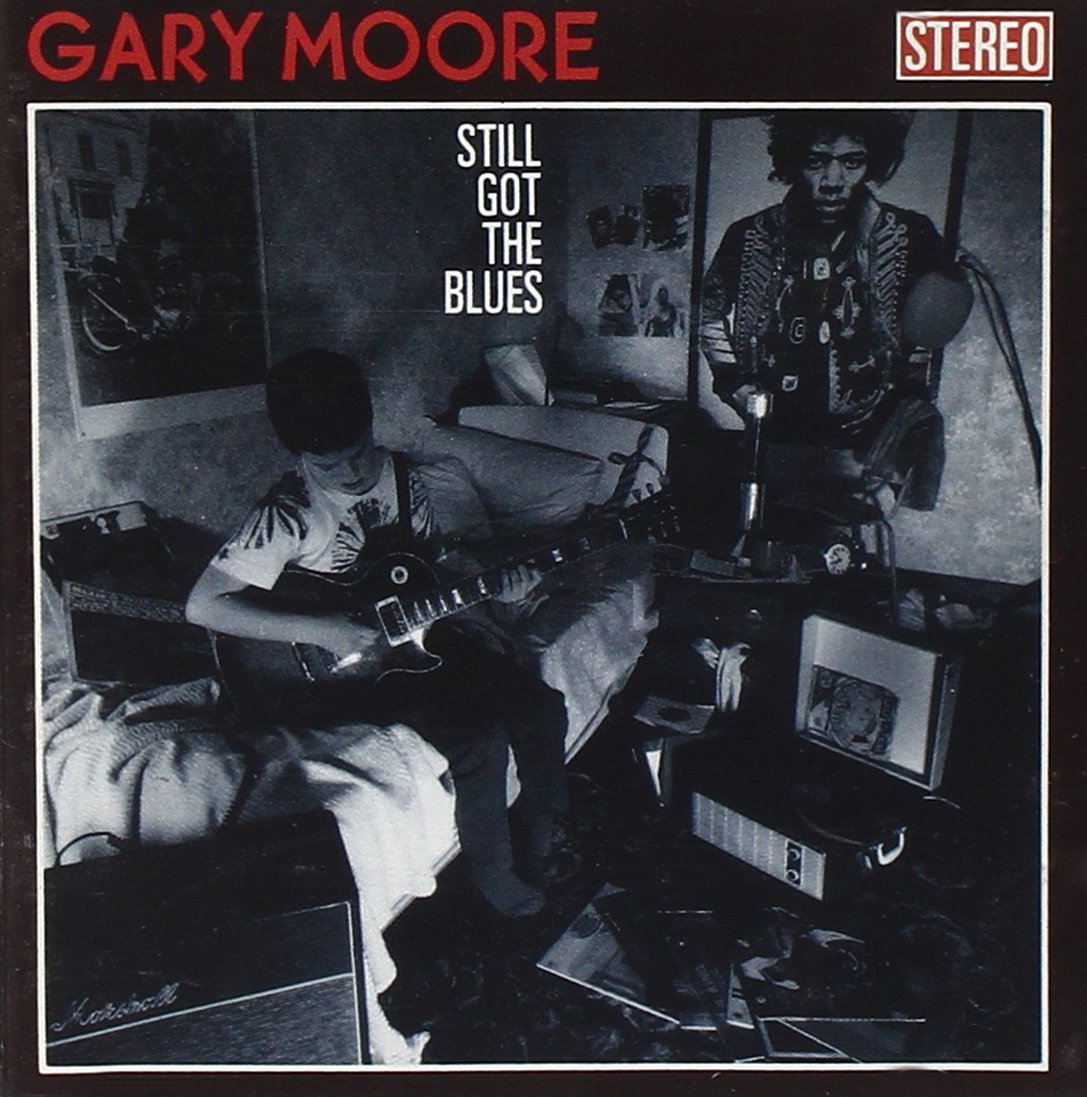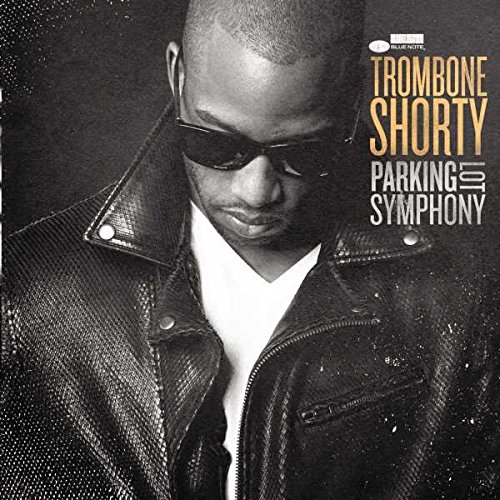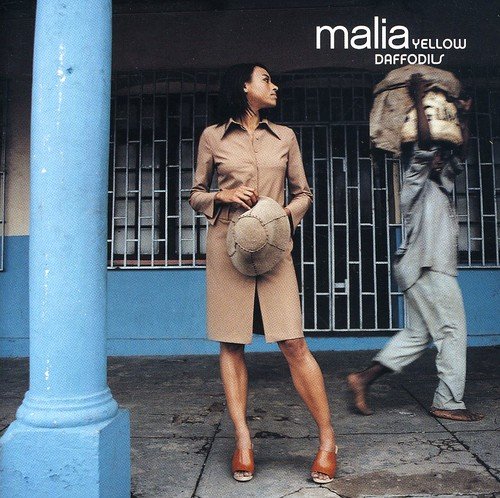Review by: Jed Distler

Artistic Quality: 9
Sound Quality: 9
Paul Lewis’ recording of Mussorgsky’s Pictures at an Exhibition has many outstanding characteristics. He takes the opening Promenade at a true Allegro giusto, and fuses the music’s declamatory and lyrical qualities while underlining the harmonic surprises through voicing and touch. Gnomus seems a little more mischievous than usual by way of characterful details such as Lewis’ effective acceleration of the B-flats at measures 10 and 17, and the left hand trills’ pointed precision and dynamic control.
Lewis’ gorgeously sustained The Old Castle brings out long formant inner voices and countermelodies, in contrast to his arch accelerations in Tuileries’ central section. Bydlo’s heavy tread gets slower as the piece unfolds, although shapely left-hand detailing lends particular interest to Lewis’ lightning-quick and scintillating Unhatched Chicks Ballet. His depiction of the Two Polish Jews is less contrasted and direct than in Steven Osborne’s recording, while The Limoges Marketplace’s scurrying customers retain vibrancy without losing their footing. In Con mortuis in lingua mortua, Lewis’ quick and smooth right-hand tremolos anchor the half-tints and blurred pedalings that color the left hand’s chorale-like reiteration of the Promenade theme. The overall effect differs from Osborne’s more muted, disembodied tremolos. Lewis intensifies Baba Yaga’s energetic momentum with telling dynamic surges that carry over into his majestically sonorous Great Gate at Kiev.
While the first movement of Schumann’s C major Fantasy provides ample opportunities for rhetorical leeway and inflection, Lewis instead goes for a headlong, symphonically oriented approach that is similar to Maurizio Pollini’s, yet more generalized in detail. The pianist underplays the central movement’s obsessive rhythmic drive in favor of conversational linear interplay, and negotiates the coda’s treacherous leaps with a kind of effortless lyricism that might disappoint listeners expecting the usual athleticism and dramatic build. He floats the finale’s descending melodies in long, eloquent arcs, unfolding the whole movement with simplicity and expressive economy, although I slightly prefer the warmer tone and more resonant bass lines of Andreas Haefliger’s comparable interpretation, among recent recorded versions. Paul Lewis’ Mussorgsky/Schumann coupling may not persuade 100 percent of the time, yet there’s no question of the pianist’s serious, mindful, and thoroughly committed mastery.





















